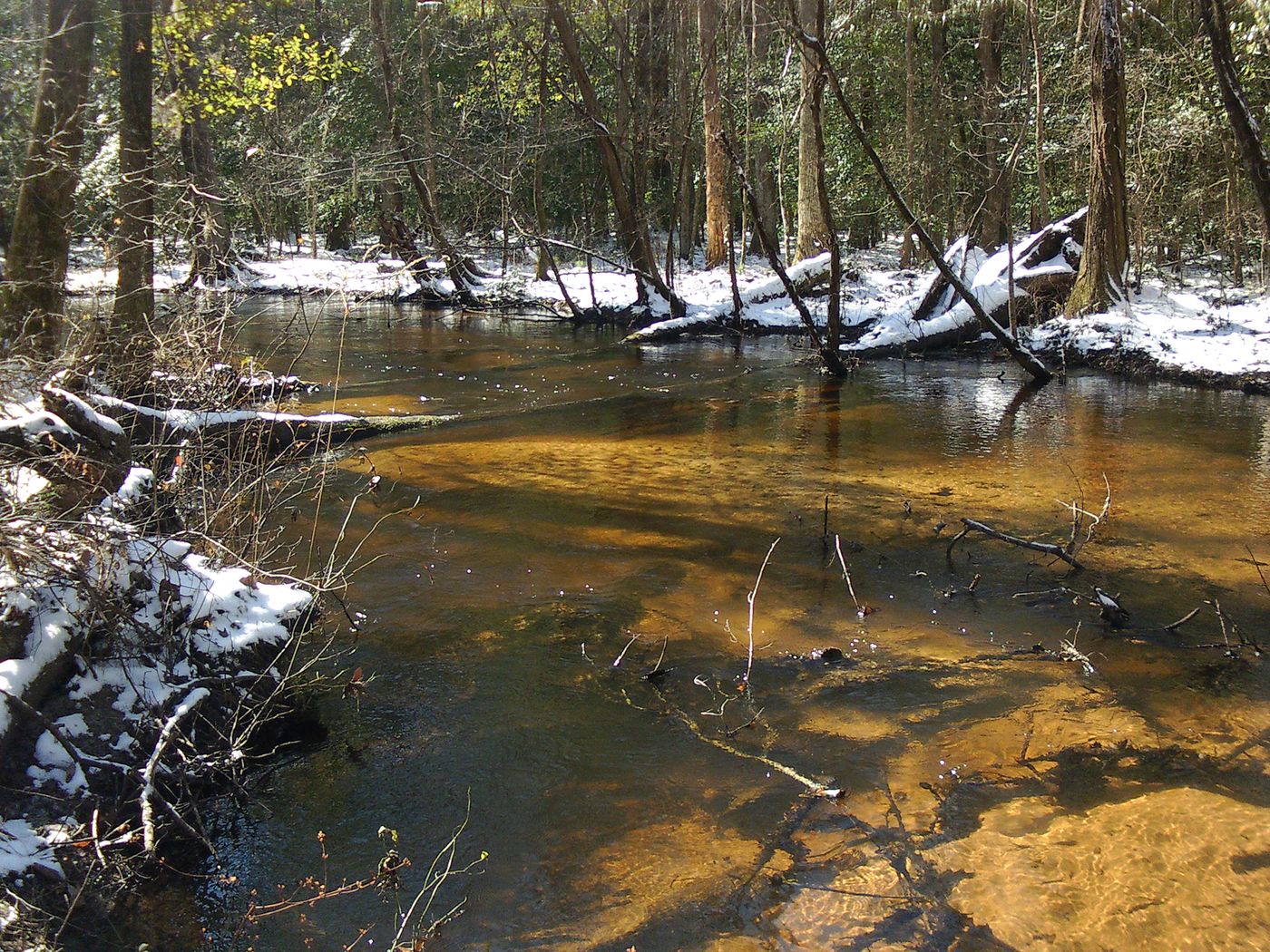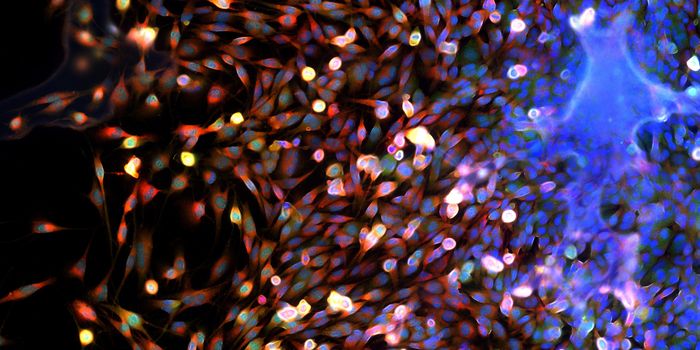A study from the University of Georgia identifies industrial waste as a factor contributing to antibiotic resistance. Ecologist J. Vaun McArthur suspects that antibiotic use - whether in agriculture or health care - isn’t solely to blame for the widespread development of resistant bacteria.
To test this hypothesis, McArthur and colleagues surveyed bacteria at the 310 square mile U.S. Department of Energy Savannah River Site near Aiken, South Carolina. This location houses facilities that manufactured materials for nuclear weapons. According to McArthur, "the site was constructed and closed to the public before antibiotics were used in medical practices and agriculture … the streams have not had inputs from wastewater, so we know the observed patterns are from something other than antibiotics".
The group collected bacteria from water and sediment at 11 sites from nine streams. They tested 427 strains of
E. coli for resistance to five antibiotics and found large numbers of resistant bacteria in 8 of 11 samples. "These streams have no source of antibiotic input, thus the only explanation for the high level of antibiotic resistance is the environmental contaminants in these streams -- the metals, including cadmium and mercury", says McArthur. While they acknowledge that test sites could be contaminated with waste from animals harboring resistant bacteria, only streams with a history of industrial contamination contained resistant bacteria.
Unfortunately, the authors don’t address my lingering question - how exactly does industrial waste contribute to antibiotic resistance?
Sources:
Microbial Ecology,
Science Daily









